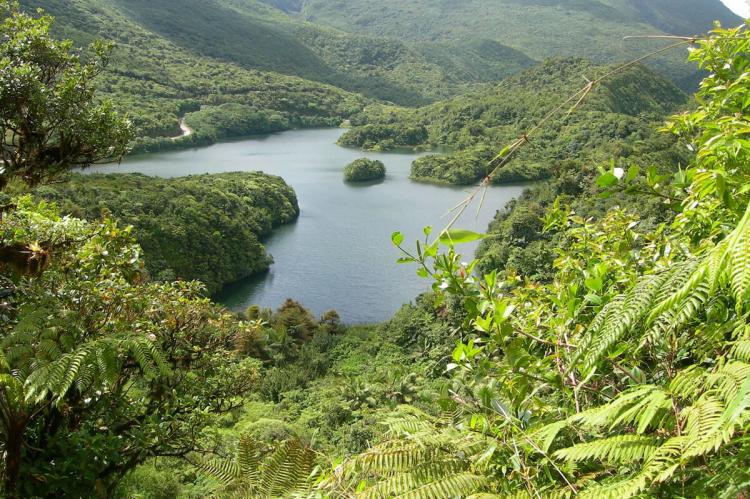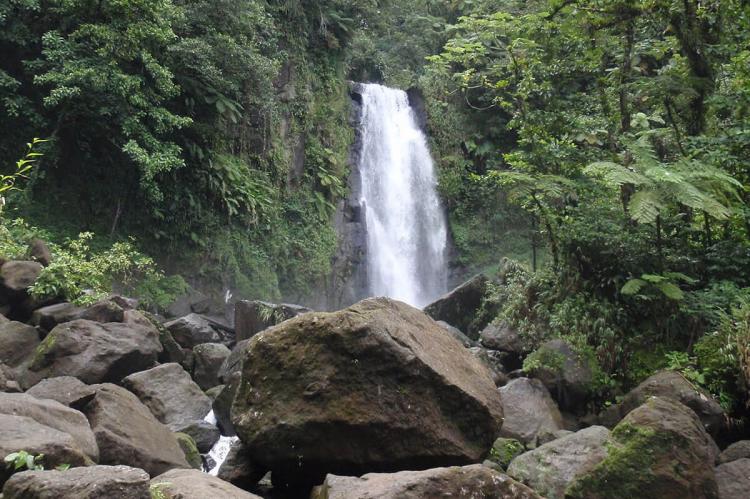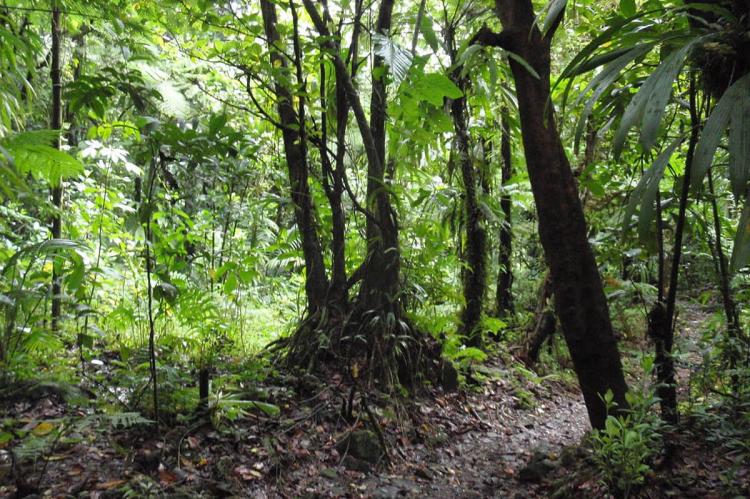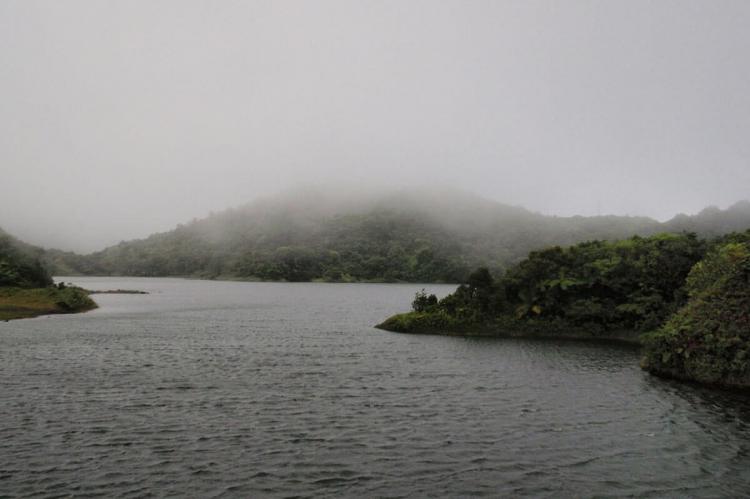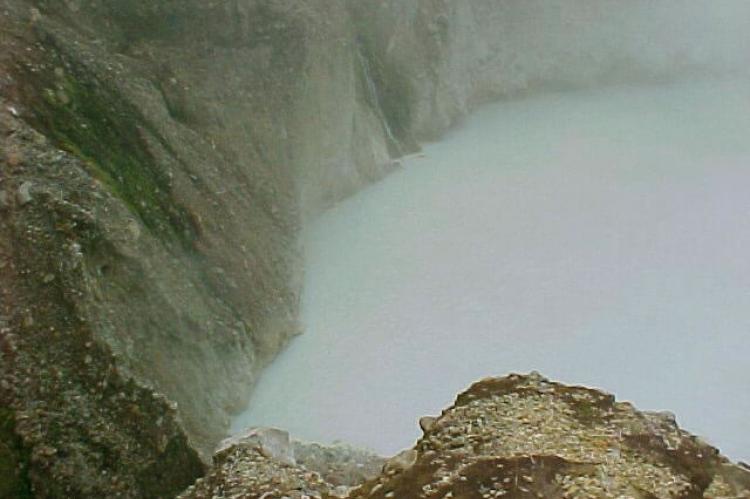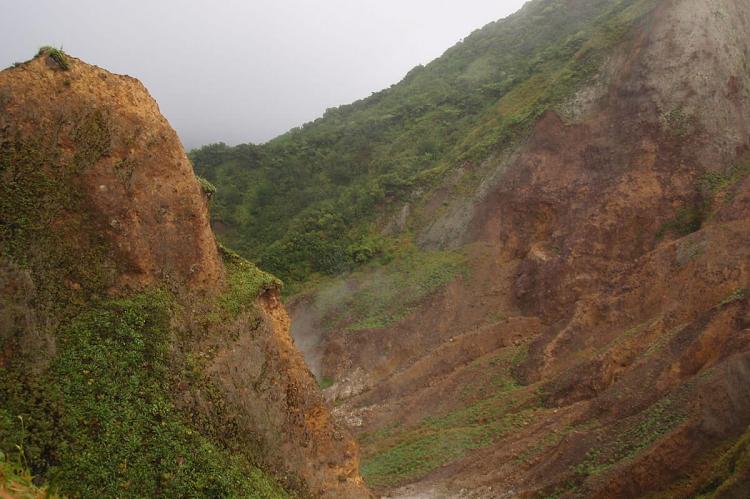Morne Trois Pitons National Park: Dominica's Caribbean Masterpiece
Morne Trois Pitons National Park, a pristine sanctuary nestled in the heart of Dominica, graced by the island's highest peak, Morne Trois Pitons, is a testament to the island's natural wonders, a rugged landscape shaped by volcanic forces and adorned with lush biodiversity.
Morne Trois Pitons National Park
Dominica's Caribbean Masterpiece
Nestled in the heart of Dominica, the Morne Trois Pitons National Park is a testament to the island's natural wonders, a rugged landscape shaped by volcanic forces and lush biodiversity. Established by the Dominican government in July 1975, it is the country's first legally designated National Park.
Volcanic Majesty
At the park's core is the eponymous Morne Trois Pitons, a towering mountain with three peaks, dominating the island at 1,342 meters (4,400 feet) above sea level. This volcanic giant, part of a rugged mountain range, serves as the spine of Dominica, defining its topography with steep slopes and deep canyons.
UNESCO World Heritage Status
Recognizing its exceptional natural features, Morne Trois Pitons National Park earned UNESCO World Heritage Site status in 1975. Encompassing an expansive 6,857 hectares (16,944 acres), the park is a treasure trove of geological wonders, including fumaroles, hot springs, three freshwater lakes, and a renowned 'boiling lake,' all set against the backdrop of five majestic volcanoes.
A Medley of Landscapes
The park's diverse landscapes weave a medley of tropical rainforests, secondary forests, deciduous forests, and montane rainforests. Towering trees, including the dominant Amanoa caribaea, create a canopy reaching 30 to 40 meters (100 to 130 feet), adorned with epiphytes like orchids and bromeliads. As altitudes rise, the forest transforms, giving way to mountain palms, ferns, and hibiscus, culminating in a dwarf forest near the summits.
Geothermal Marvels
Venturing into the Valley of Desolation reveals a surreal landscape of boiling mud ponds and geysers. Sulfurous gases limit vegetation to hardy species like Clusia mangle, grasses, and bromeliads, creating an otherworldly atmosphere. The park's geothermal features, including the famed Boiling Lake, Titou Gorge, and Emerald Pool, showcase the dynamic forces shaping Dominica's terrain.
Rich Biodiversity
Morne Trois Pitons National Park is a haven for biodiversity, featuring a wealth of flora and fauna. The forest echoes with the calls of mammals like agoutis, wild pigs, and common opossums, while tree frogs and the endemic Dominican anole Anolis oculatus add to the symphony of nature. The park's avian residents, including four hummingbird species and endemic parrots like the imperial amazon and the red-necked amazon, make it a paradise for birdwatchers.
In Conclusion: Nature's Symphony*
Morne Trois Pitons National Park beckons adventurers and nature enthusiasts alike to explore its diverse realms, offering a glimpse into the untamed beauty that defines Dominica. As the first National Park of this Caribbean gem, it is a proud guardian of the island's ecological heritage. It invites visitors to witness the intricate dance of geological forces and the vibrant life in this natural masterpiece.
